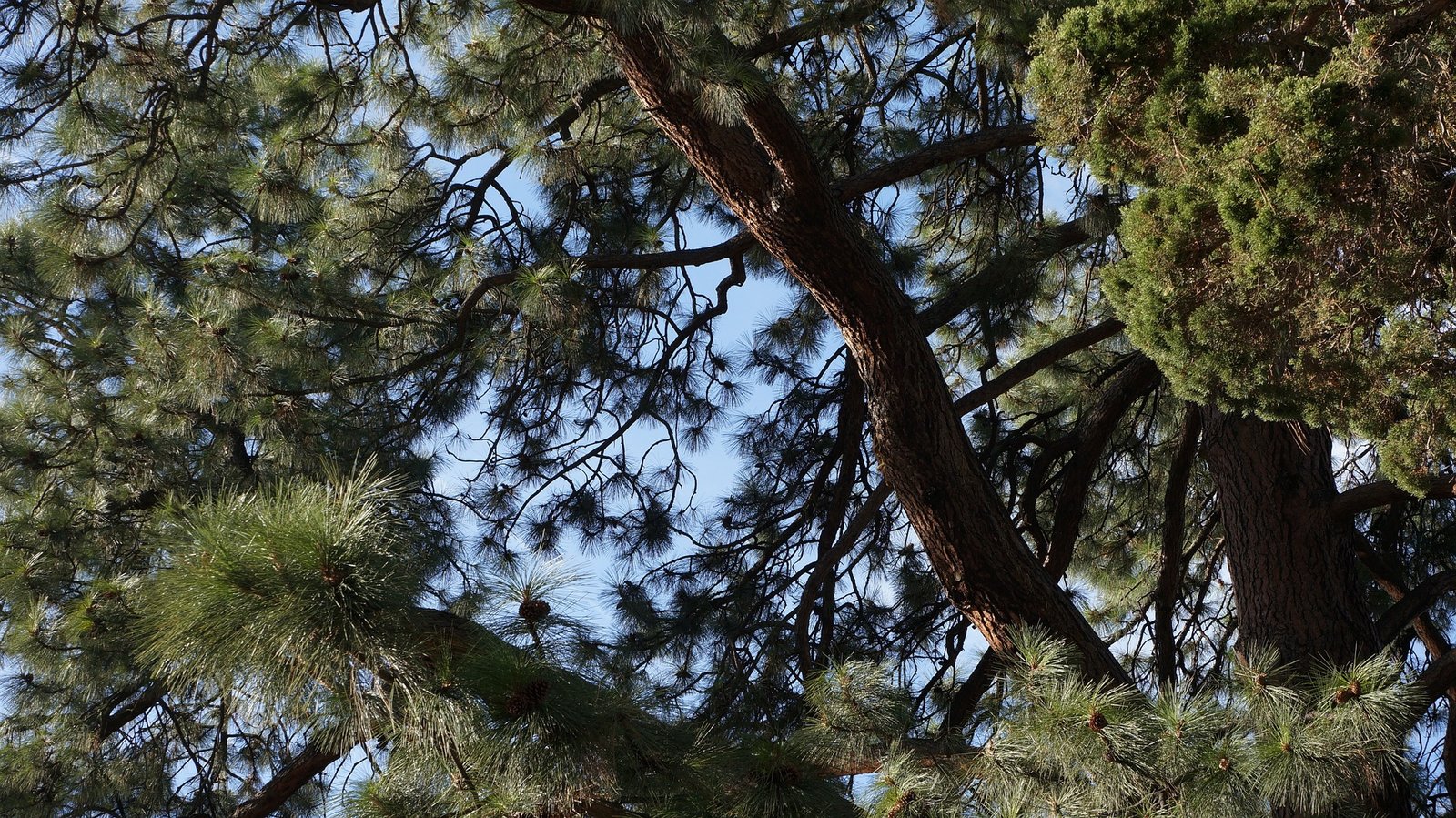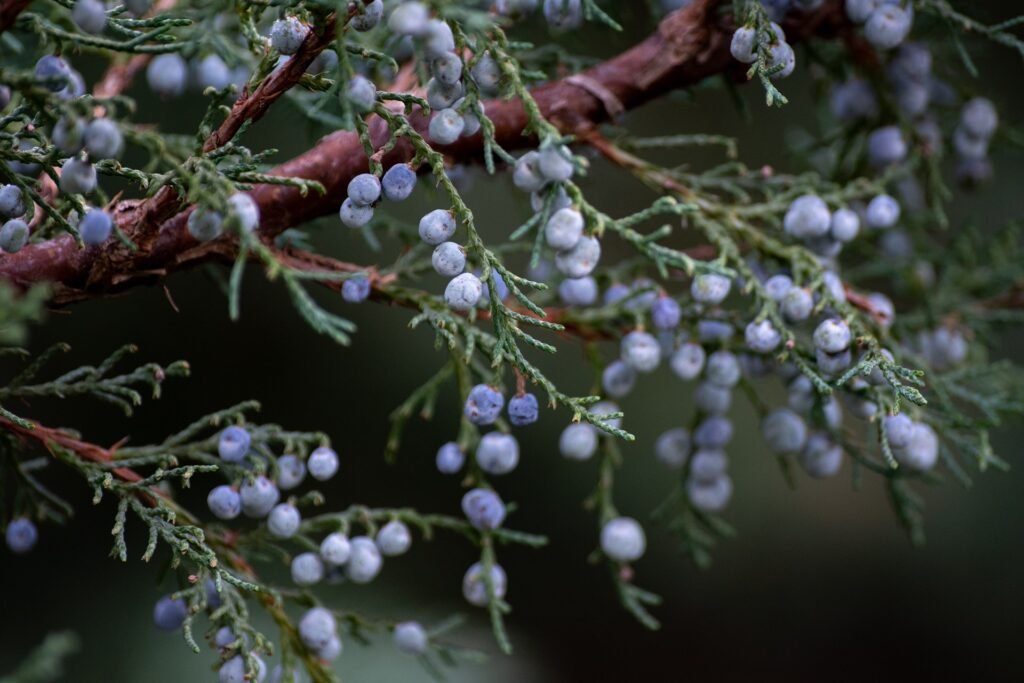Introduction
In a world increasingly cluttered with artificiality, there’s a renaissance of age-old practices that connect us with elements grounded in nature and antiquity. Incense burning, a ritual as old as time itself, is finding its way back into modern households, transcending its traditional, sacred boundaries. While many might be familiar with incense types like sandalwood or lavender, the focus here is on a variant that remains mysteriously underappreciated—juniper incense. This comprehensive guide aims to illuminate the mysticism and utility surrounding this aromatic resin, revealing why its history is so interwoven with human civilization and how its contemporary use is more relevant than ever.
Incense itself is deeply rooted in various aspects of human history and spirituality. Traditionally, it has been used for a multitude of purposes, ranging from ceremonial to medicinal, and from aesthetic to therapeutic. However, nestled within the wide array of incense types lies juniper incense, a variant that might not be as mainstream but holds its own unique set of properties and historical significance.
The aromatic journey of juniper incense is one that invites your senses to participate fully, so light up a stick or place a coal on a resin chunk, and prepare to be mesmerized by the fascinating world that you’re about to discover.
What Is Juniper Incense?
The landscape of aromatic incense is rich, varied, and as ancient as humanity’s first walk on sacred grounds. While incense like frankincense and myrrh might receive more limelight, juniper incense has a profound legacy and untapped potential that deserves to be recognized and celebrated. This section aims to unravel the enigmatic tapestry of juniper incense, drawing you into its rich history and cultural significance.
Definition and Origin
First things first, what exactly is juniper incense?
Juniper incense is primarily made from the dried berries and needles of the juniper tree, often scientifically referred to as Juniperus communis. It presents itself in various forms, from raw resin to shaped cones and sticks. Unlike more floral or spicy incense, juniper possesses a crisp, earthy aroma with a somewhat sweet undertone. It’s like a walk through a forest, dense with a mystical allure and the whisper of ancient legends.
The origin of juniper incense can be traced back to various ancient civilizations. Found in Europe, Asia, and North America, juniper trees have a global lineage. They have been utilized for various purposes over the millennia, from culinary to medicinal. Yet, their most captivating use perhaps lies in their ability to produce an incense that has spanned across eras and cultures. In Native American tradition, juniper smoke was believed to carry prayers to the heavens. In Tibetan spiritual practices, it’s used to promote health and induce meditative states. The tree itself was often seen as sacred, a gift from the divine realms, suggesting that burning its resin was a practice grounded in a reverence for the divine natural world.
Cultural Importance
While its scent profile can be discussed in poetic phrases and metaphors, the cultural importance of juniper incense should be addressed with the weight of history and spirituality it carries. Juniper incense isn’t just a means to fill a room with an agreeable fragrance; it has served as a spiritual and ritualistic tool in various traditions across the globe.
From the indigenous tribes of North America to the monastic chambers of Tibetan monks, juniper incense has been a cornerstone in religious and mystical ceremonies. It is often used for purification, for invoking the presence of deities, and for preparing a sacred space. In shamanic traditions, it’s considered a tool for vision quests and other spiritual journeys. Even in modern neo-pagan circles, it’s a preferred choice for rituals centered on nature and the elements.
In a world where spirituality is often commodified, it’s crucial to approach juniper incense with the respect it deserves. When you light a stick or burn a resin of juniper, you’re not just engaging in an aromatic experience. You’re partaking in a rich, multi-faceted cultural and spiritual practice that has been cherished and revered across time and geography.

Why Juniper Incense Is Unique
After diving into the ancient roots and sweeping cultural significance of juniper incense, one might wonder, “What sets it apart from the myriad of other incense options available?” The answer, dear reader, is multifaceted, much like the incense itself. Juniper incense is not merely an aromatic afterthought; it’s a sensory experience that stands in a league of its own. This section is dedicated to uncovering those unique qualities that make juniper incense an invaluable addition to your olfactory explorations.
The Scent Profile
One of the most captivating aspects of juniper incense is its unique scent profile. This is not your run-of-the-mill floral or musky fragrance; it’s an intricate blend that encapsulates the essence of nature itself. When burned, juniper incense releases a crisp, earthy aroma tinged with mild sweetness and a slightly camphoraceous undertone. Its scent is evocative of forested landscapes, transporting you to an ethereal world where time stands still. It’s a scent that appeals not just to your sense of smell but also to your deeper, more primal instincts, resonating with a part of you that instinctively feels connected to nature.
The scent profile of juniper makes it an excellent choice for meditation, creative endeavors, or simply to turn any space into a sanctuary of calm and focus. It doesn’t merely scent the room; it transforms it, imbuing the space with an atmosphere of serenity and gravitas.
Therapeutic Uses
But beyond its mesmerizing scent, juniper incense is also gaining ground for its therapeutic uses. While more empirical research may be needed to establish certain claims, the anecdotal evidence and traditional usage speak volumes.
Among the most celebrated benefits are its potential for stress reduction and mental clarity. The grounding scent of juniper has been said to help ease the mind, making it a popular choice for meditation sessions. It’s also believed to have antibacterial properties, purifying the air in a room, and thereby creating an environment that promotes physical well-being in addition to mental tranquility.
However, it’s important to exercise caution, especially if you’re new to using incense or have pre-existing health conditions such as asthma or allergies. Always ensure proper ventilation, and perhaps consult with a healthcare provider if you have concerns.
Juniper Incense in Modern Pop Culture
Juniper incense is slowly but surely carving out a niche for itself in modern pop culture as well. It’s not just the monks or shamans singing its praises; contemporary celebrities and influencers have also been known to incorporate juniper incense into their daily rituals. Whether featured in wellness blogs, vlogs, or Instagram stories, the renewed interest in this age-old incense is a testament to its enduring appeal.
Moreover, its distinctive scent and purported therapeutic properties are even inspiring perfumers to capture its essence in modern fragrances. It’s making appearances in artistic endeavors, literature, and spiritual wellness workshops, where it’s employed to set the mood or inspire creativity.

How to Use Juniper Incense
Now that you’ve developed an appreciation for the history, uniqueness, and cultural resonance of juniper incense, the next logical question is: how can you best use it? Using juniper incense to its full potential is an art form, with nuances that can greatly enhance your experience.
Setting the Mood
Before you even strike a match, consider the space you’re in. The setting can make or break your incense experience. Just as a sommelier considers the glassware and ambiance when serving wine, so too should you pay attention to your surroundings when burning incense.
Start by ensuring the room is clean—clutter is the enemy of clarity, both mentally and olfactorily. Next, think about lighting. Soft, diffused light works best to complement the naturally calming properties of juniper incense. Candles can add another layer of sensory pleasure, but avoid overly scented ones that could compete with the incense.
Lastly, consider playing some ambient background music. Tracks that emulate the sounds of nature—rainfall, wind through trees, or babbling brooks—can synergistically work with juniper incense to create a multi-sensory haven of tranquility.
Pairing with Other Scents
Incense, like fine food and wine, can be enhanced when thoughtfully paired with complementary scents. Juniper, with its earthy and slightly sweet notes, pairs wonderfully with scents that either amplify its grounding characteristics or offer a pleasing contrast.
Consider pairing juniper incense with:
- Lavender for a calming, peaceful experience.
- Citrus scents like orange or lemon for an uplifting, invigorating atmosphere.
- Patchouli to deepen the earthy notes and add a layer of complexity.
- Sandalwood to smooth out the experience with its rich, woody aroma.
When mixing scents, it’s advisable to test a small amount first to ensure the combination is to your liking. And remember, the aim is to create a harmonious experience; overwhelming the senses would defeat the purpose.
Safety Tips
The alluring world of incense isn’t just about aesthetics and sensory experiences; it’s also about being conscientious regarding safety. Incense involves fire, and even the most ethereal of flames can be a source of danger if not managed correctly. In this section, we cover the full spectrum of safety tips to ensure that your use of juniper incense is as secure as it is sensory.
Burning Incense Safely
The Importance of Ventilation
Indoor air quality should never be compromised. No matter how pure or organic your incense is, it’s still releasing smoke into the air. Make sure to burn incense in a well-ventilated area, preferably with windows open or with an air purifier running. This not only dilutes any potential irritants but also allows the incense aroma to disperse naturally, enhancing its olfactory impact.
Most important aspects:
- Ventilation: Always ensure proper air flow in the area where you’re burning incense.
- Surface Safety: Use a non-flammable dish or incense holder to catch any ash and prevent fire hazards.
Protecting Your Most Vulnerable: Pets and Children
Incense smoke can be particularly irksome or even harmful to pets and young children, who have more sensitive respiratory systems. When burning incense, ensure it’s out of reach of both. Never leave burning incense unattended, especially when pets or children are present.
Conclusion
As we’ve traversed through the multifaceted realm of juniper incense—from its mystical origins and unique characteristics to its modern-day applications and safety considerations—it becomes abundantly clear that this is not just another aromatic accessory. Juniper incense is an experience, a tradition, and a tool for both sensory pleasure and holistic wellness.
From the scent profile that takes you on a transcendental journey through earthy, woody notes to its therapeutic uses in stress reduction and mental clarity, juniper incense is undoubtedly a treasure trove of benefits. We’ve also journeyed through its cultural importance, featuring its role in rituals and religions, and even its modern portrayals in pop culture. It is, indeed, a versatile and fascinating subject that far transcends its humble physical form.
Call to Action: Discover Juniper Incense for Yourself
Knowledge is futile if not applied. So here’s your call to action: dive deeper into this aromatic universe. Whether it’s by buying your first pack of juniper incense from a trusted online store or creating your own from scratch following our DIY guide, your next step is to immerse yourself in the sensory and spiritual delights that juniper incense offers.





